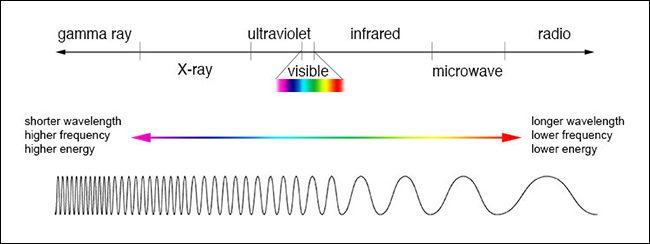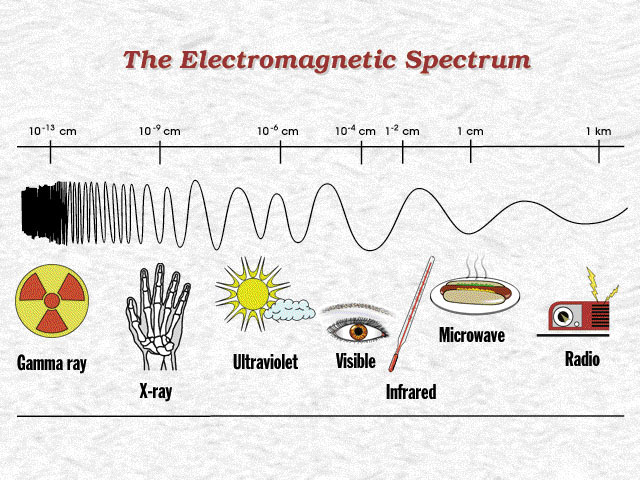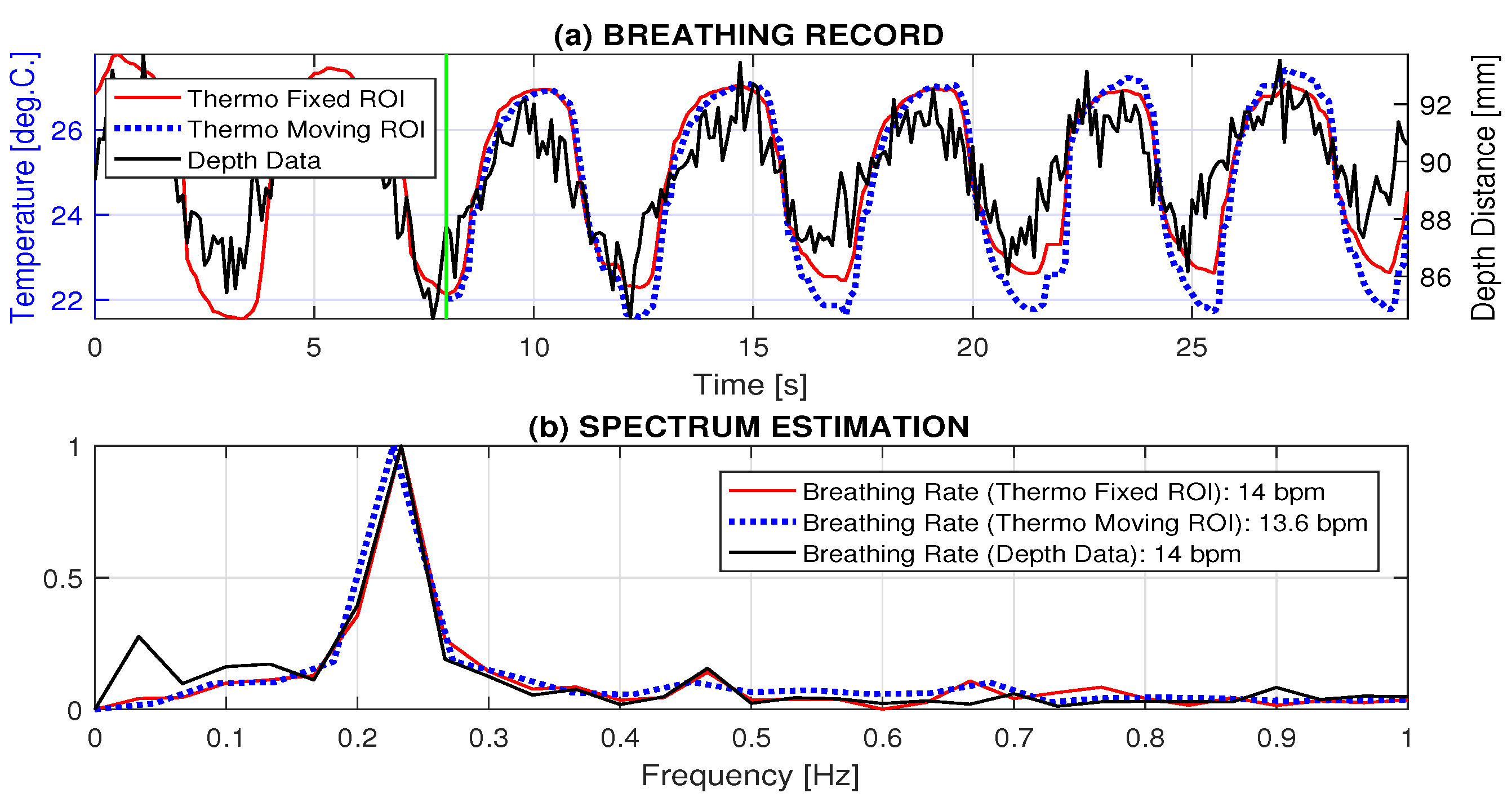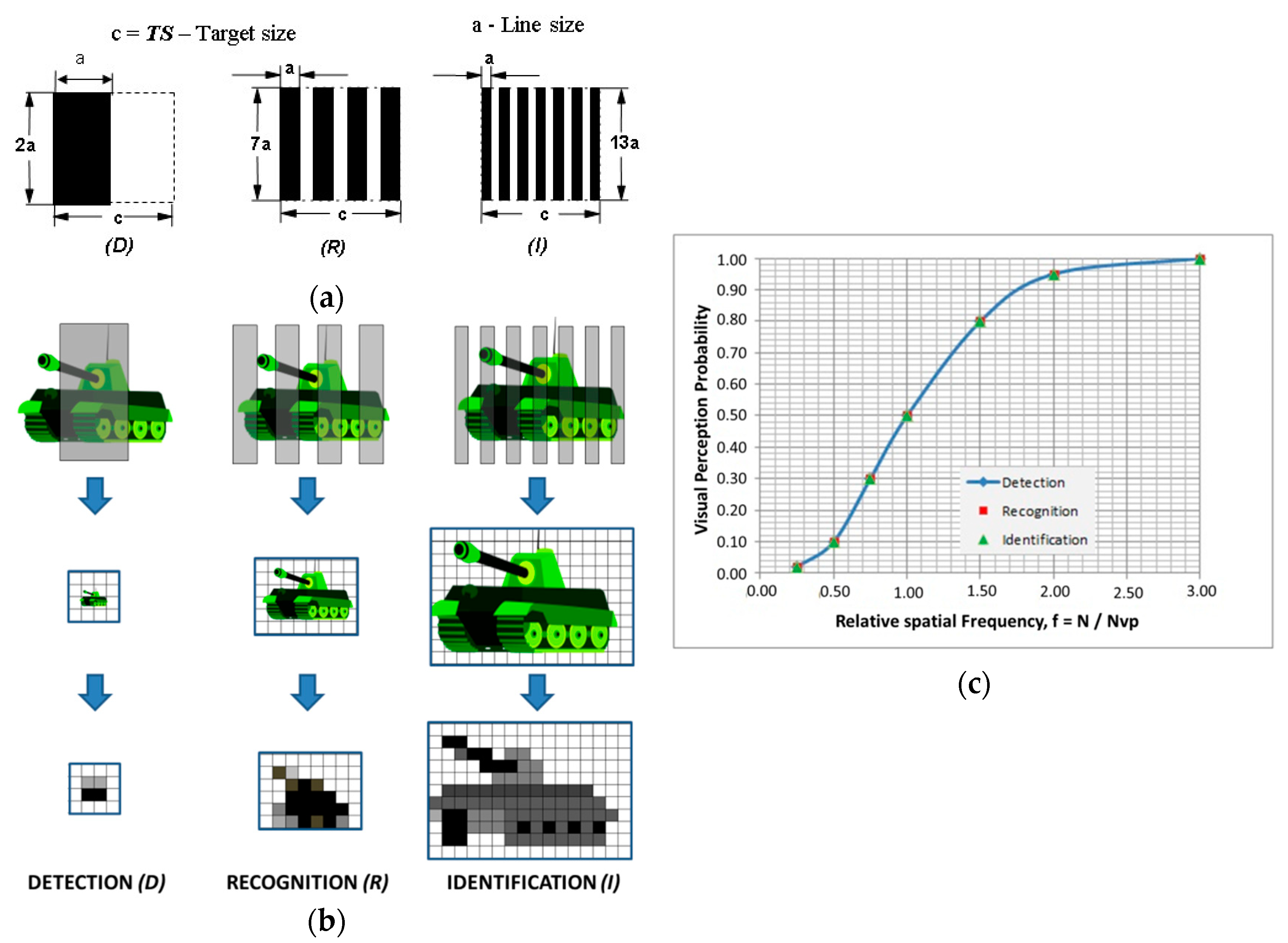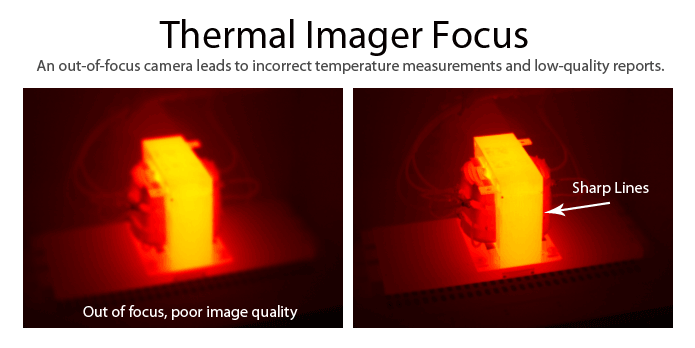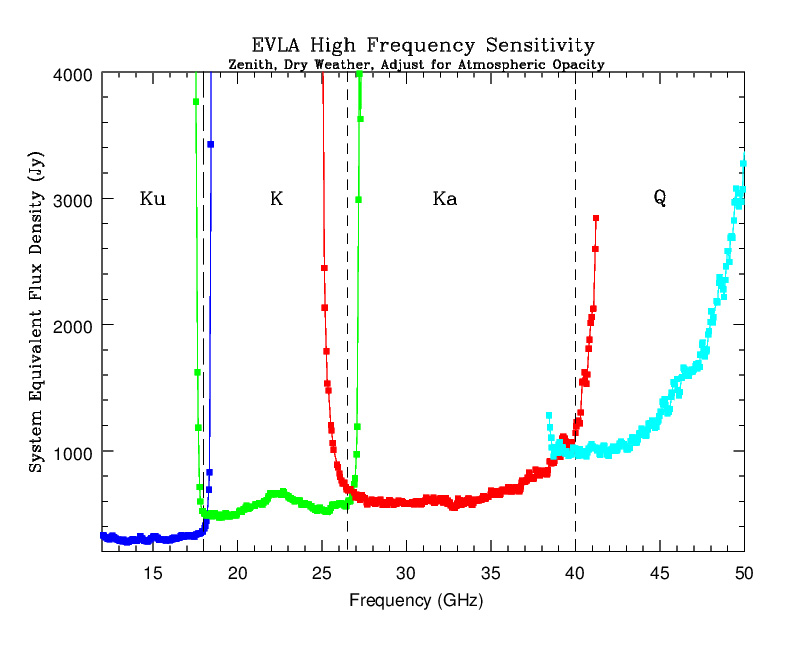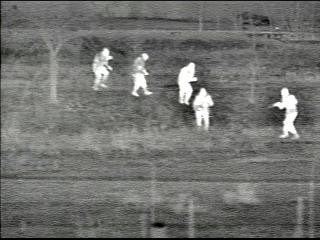Whether you use thermal imaging for an inspection of large industrial installations or for an inspection of a fuse box in a domestic residence flir will have just the right thermal imaging camera for you.
Thermal imaging frequency range.
Sometimes referred to as flir cameras they produce an image that portrays objects using their temperature instead of their visible properties.
All objects warmer than absolute zero 273 c 459 f emit infrared radiation in the mwir and lwir wavelengths 3µm 14µm in an amount.
Thermal technology has advanced far enough that a good quality thermal imaging camera is small enough to fit in our pocket and attached to your cellphone or tablet.
Definition and relationship to the electromagnetic spectrum.
So how does thermal imaging see heat.
Mid infrared will have a limit when looking through the atmosphere due to water absorption but the longer waves over 8 microns and the 3 5 micron ran.
Infrared imaging services llc provides infrared electrical inspections infrared testing and electrical surveys to detect system overloads loose and defective components and damaged switch gears with thermal imaging as well other electrical testing and electrical surveys in albany ny ny capital region upstate ny and vt.
Thermal imaging uses cameras that see heat instead of light.
The wavelength of infrared that thermal imaging cameras detect is 3 to 12 μm and differs significantly from that of night vision which operates in the visible light and near infrared ranges 0 4 to 1 0 μm.
Flir systems offers a wide range of thermal imaging cameras.
This article explains thermal infrared imaging the infrared spectrum and the different infrared cameras used.
What is thermal or infrared imaging.
The flir e4 thermal imaging camera is an easy to use troubleshooting tools for building electrical and mechanical applications.
This range of wavelengths corresponds to a frequency range of approximately 430 thz down to 300 ghz below infrared is the microwave portion of the electromagnetic spectrum.
There is no real maximum range depending on the wavelength and what you are looking through.
The thermal imaging industry has evolved drastically since its beginning when thermal cameras were unwieldy bulky heavy and outrageously expensive.


